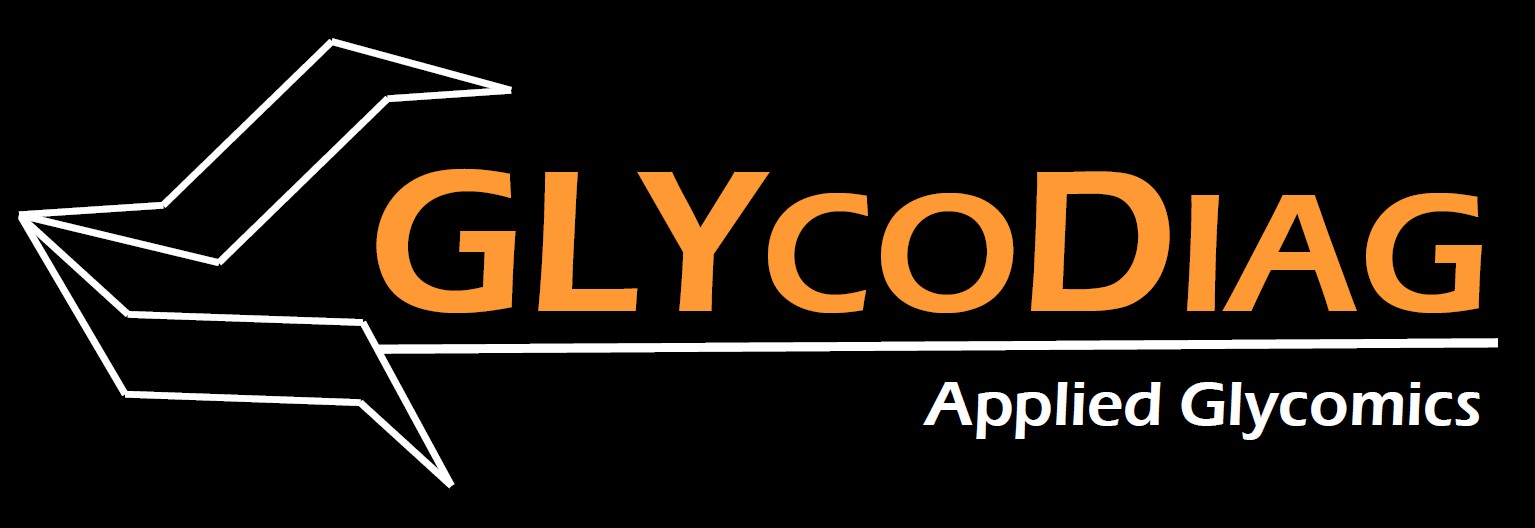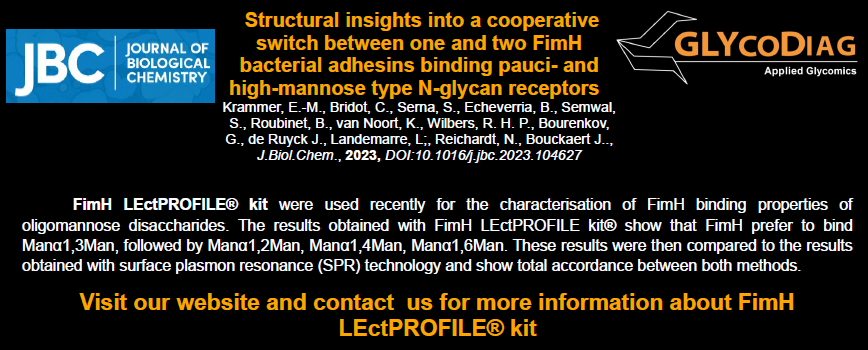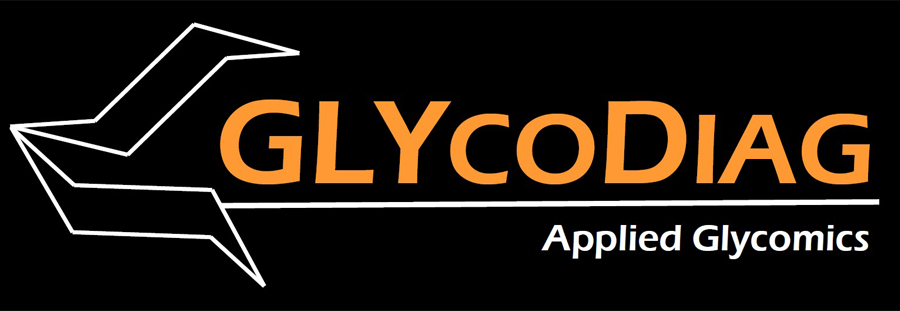Since its creation in 2005, GLYcoDiag has continuously extended its expertise in the field of glycoscience in order to propose you ever more innovative services and products that suits your needs.
Studies:
Use GLYcoPROFILE plateform for:
– Identify glycans signature of your therapeutic recombinant glycoproteins for in-process reference sample comparison, batch to batch monitoring, glycoforms specific profiles or immunogens glycans detection.
– Study glycome expression and accessibility for the research of new glyco-biomarkers.
– Search and characterize new glycosylated related drugs or molecule and anticipate potential actionon biological mechanism.
– Study the effect of products on glycobiological interactions between microorganisms and cells (Glycomicrobiote studies).
Glycoanalytics.
– Complementary to our GLYcoPROFILE plateform we propose several standard glycoanalysis to know more about the structure of your product: O- and N-glycans, Sialic acid composition, neutral monosaccharide composition, and molecular weight.
Products:
GLYcoDiag develop it’s own range of research reagents and kits dedicated to Glycoscience and add new reference every years in order to offer to our customer the most original, innovative and better quality products:
– Natural and recombinant lectins;
– Neoglycoproteins;
– LEctPROFILE® affinity chromatography supports;
– LEctPROFILE® kits for evaluation of crude or purified glycoconjugates interactions with lectins.
The full list of these reagents are available directly on our website at: https://www.glycodiag.com/products
Don’t hesitate to contact us, if you need: (1) further information about GLYcoDiag’s services and products, (2) a quotation.


